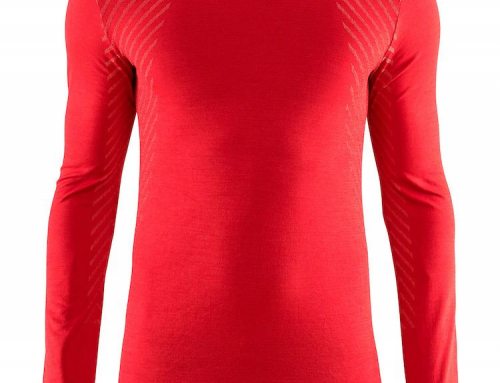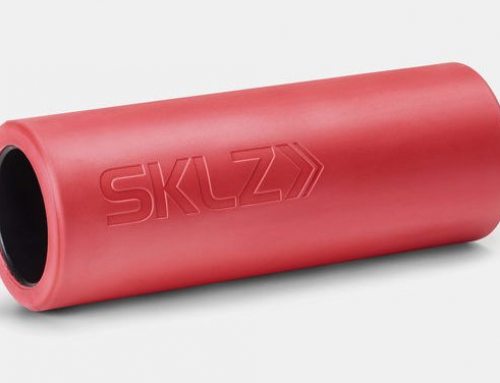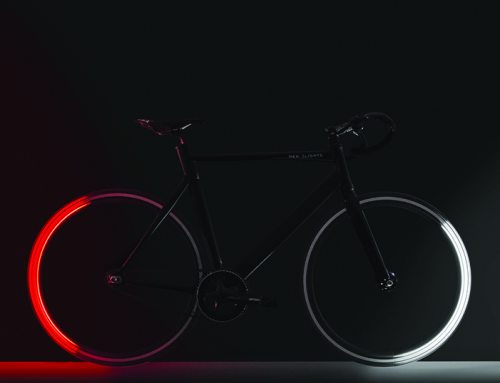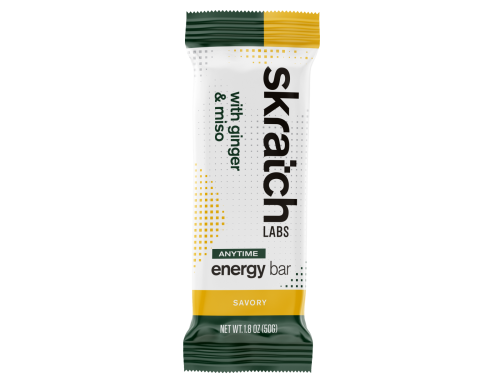
By Cid Cardoso, Jr.
If you have not been running with a GPS watch, you have been missing out on gathering a ton of valuable information for improving your training and racing.
For years, if we wanted to know our running pace we had to wait until each mile marker on a race course, then look at the watch and do the math. On training runs, knowing our exact running pace was virtually impossible unless we were running on a track or on a pre-measured course. Measuring distance was another challenge for runners who like to run different routes. GPS watches (and foot pods) have changed all that. Now we can see how fast we are running in real time, how far we’ve gone, our average pace, how many calories we’ve burned and even find out how to get back to our starting point. With the Garmin Forerunner 405, you can do all that plus much more.
The original GPS watches were big or required a second receiver to be strapped on the upper arm. The Garmin Forerunner 405 is no bigger than a regular watch and has a clean sleek look. It’s most distinctive feature is the “Bezel”, a silver ring around the screen, full of sensors that allow the user to operate and change screens quickly simply by sliding the finger around it and tapping on it. For someone used to mechanical buttons like me, this proved to be a little weird at first. Fortunately, the Garmin 405 allows for different levels of sensitivity on the Bezel. I settled on “medium”. On “low” it took me a few taps to get the desired action and on “high” any little touch changed screens. Another noteworthy feature is the ability to “lock” the unit on one screen to prevent changes from accidental touches or from dripping sweat.
As with all GPS units, the Garmin 405 needs to acquire a satellite signal in order to provide accurate speed and distance data. This requires standing still on an open area prior to the workout for a couple of minutes until the signal is acquired. The Garmin 405 will find the signal and let you know when it’s ready to go. A “Hot fix” will help predict the satellite location the next time you work out, so the unit will locate the signal quicker and the wait will not be as long. Even though to initially locate the satellite you need to be in an open area, the Garmin 405 works surprisingly well under tree covers. I ran the Uwharrie 20 mile trail run using the Garmin 405 and it recorded my pace and the distance throughout the entire single track, tree-covered course.
Unlike other regular watches, the Garmin 405 needs often recharging. For me, who never took my watch off, this required a little more planning. The Garmin lasts up to 8 hours when fully charged and can be charged in approximately 3 hours. I now charge it every night. The charging clip is extremely easy to use as it simply “clips” to the unit at two connection points and can be connected either to a USB port or an outlet. Note, to save energy the unit stays dormant displaying just the time of day when not in use. In this mode the watch will display the time much longer than 8 hours.
The Garmin Forerunner 405 gathers an overwhelming amount of information and gives the user a tremendous amount of flexibility on how to access and view such information. It allows the user to customize the number of viewing screens (up to 3), what data fields are displayed in each screen (such as elapsed time, lap time, distance, current pace, average pace, etc) and how quickly they change while using “auto scroll”.
After experimenting with several different options, I settled on one screen displaying elapsed time, current pace and current distance, and a second one showing current heart rate, switching by my tap. The auto scroll was interesting but I preferred having control of what’s displaying and when. I then set the “auto lap” to let me know when each mile is reached, by beeping and immediately displaying the pace for that elapsed mile. This unit is so incredibly customizable that an “auto pause” feature can stop timing either when the runner stops moving or if the user’s heart rate drops below a certain number of beats per minute.
The Garmin Forerunner 405 is designed to work with a heart rate monitor strap, as mentioned above. You can either purchase it with the unit, or you can use one from a different Forerunner model, as long as you “pair” it with the unit. This easy to do and will ensure that there is not interference from heart rate monitors of other runners. The Garmin 405 can also work with heart rate zones, determined by entering the user’s max heart rate or by entering specific zones in the user profile in “Garmin Connect”.
“Garmin Connect” is Garmin‘s computer program that allows the user to download and manage data. I found it easy to install and simple to use. I was able to go through the entire process without assistance from our IT guy. Downloading data is also quick and easy as the “Garmin Ant Agent” simply plugs into the computer’s USB port and detects the unit as they get within 3 ft of each other. The download is done automatically and then the user can store, analyze, plot, graph and email data each workout. Note that the Garmin 405 saves up to 1000 workouts in its memory.
The Garmin Forerunner 405 also makes it easy to execute different types of workouts, from simple time or distance based workouts, to interval workouts. I liked being able to preset intervals based on time or distance, selecting the amount of rest in between, and even allowing for a warm up and cool down period. Running 1000m intervals on the greenway now became possible, manageable and even fun.
Two unique features in the Garmin 405 are the virtual partner and the navigation. With the virtual partner, the user sets a desired pace and the unit displays two animated runners in the screen. The top runner runs at the pre set pace while the runner below is the user in real time. If the bottom runner is ahead, the user is running faster than the pre set pace. The numbers below then quantify how far ahead or behind the user is of the desired pace. This can be especially useful in races where pacing is critical, like a marathon. The navigation feature is designed to guide the user back to the start location of the run, by retracing the route (identifying and displaying all the turns made). This can be invaluable when running in a different city.
The Garmin Forerunner 405 provides every piece of information that any runner may need for training and racing. It has so many features that it can take the user some time to get fully familiar with this incredible unit. For assistance, Garmin provides a dozen short videos online that guide the user through all the different functions. This was extremely helpful and very easy to follow. I found it much better than looking through a small owner’s manual in several languages. After using the Garmin 405 for a couple of months, I now have a hard time going out the door without it. Since my training is now entirely based on heart rate and pace, it could not be executed without this watch. This is the kind of piece of equipment that before purchasing one may doubt whether the $350 price tag is justified, but after using it and seeing its capabilities, I will say that it is practically a bargain. The only issue I have with the Garmin Forerunner 405 is that it is not completely water proof, so I cannot swim with it (no need to remove when showering though). Supposedly future Garmin products will address that.
# # #
Cid Cardoso Jr., owner of Inside Out Sports, has been doing triathlons for over twenty years. In October, he competed in his 21st Ironman – his sixth appearance at Kona. A veteran of ultramarathons, he has competed in Team RAAM twice. He has seen equipment evolve with the sport and continues to test new products to assess their impact in performance. He trains, works and resides in Cary, NC, with his wife, two daughters, and son. You can reach him at cidjr@insideoutsports.com






